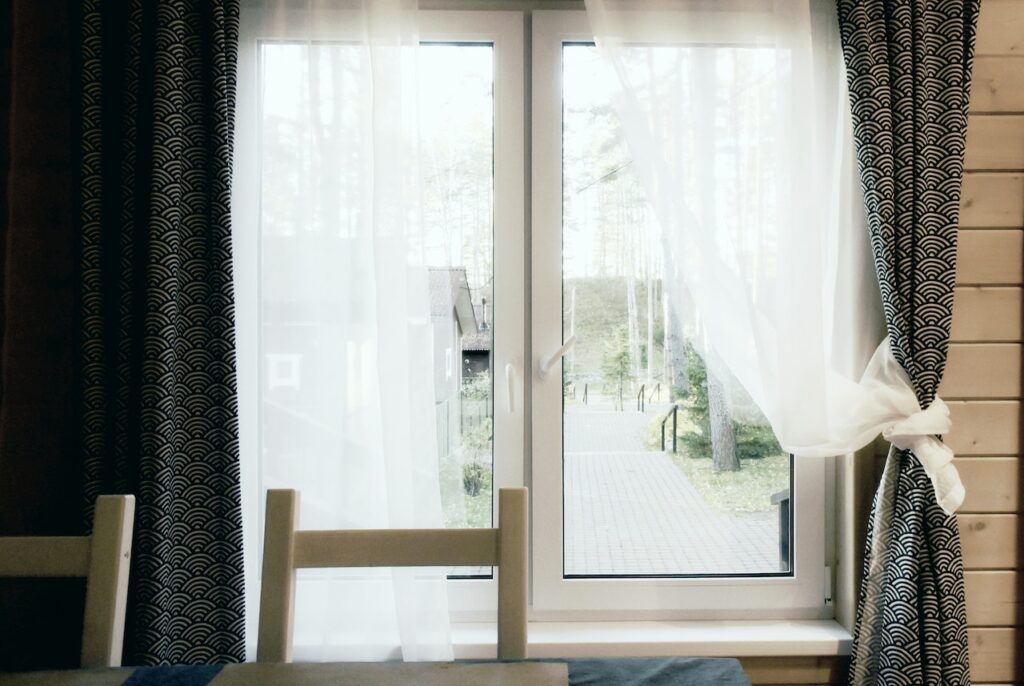Poor indoor air quality can significantly impact our health and well-being. Studies show that Americans spend around 90% of their time indoors, where pollutants can be 2 to 5 times higher than outdoor. The EPA estimates indoor air pollution among the top five environmental health risks. In the Midwest, around 14% of asthma cases are attributed to poor indoor air, costing billions in medical expenses annually.
Maintaining good indoor air quality is crucial for breathing easily in our homes, and small steps can go a long way in reducing indoor pollutants and allergens. Here are some tips to improve air quality in your home and create a healthier living environment:
Change Furnace Filters Regularly
Furnace filters trap dust, pollen, pet dander, and other particles. Hence, airflow is restricted as they are loaded with debris, forcing your system to work harder. This leads to reduced efficiency and higher energy costs.
Replacing or cleaning filters every 1-3 months improves airflow. Consider delivery services that ship replacement filters to your door for convenience. Check your filter every month and clean it regularly. Consider replacing it if it’s worn out. Choose filters with a higher MERV rating to capture smaller particles. Place filters carefully to ensure proper fit and full air circulation. Mark your calendar to remind yourself when to swap out furnace filters.
Change Your Air Filters
While the AC works on providing you with the perfect temperature all year, it also accumulates common pollutants through this process. This causes the air filter to eventually fill up and stop working efficiently. For them to work and purify the indoor air again, they need to be maintained and replaced. If the air filters are completely worn out, you can consider replacing it to ensure optimum performance. Moreover, you can get air filters delivered right to your door through reputed company like Filters Delivered. Their wide range of filters, including HEPA, are known for trapping ultrafine particles such as mold spores and dust mites. With their convenient service, you can maintain a healthy living environment without any hassle. Ionizers and activated charcoal filters also help remove odors and gaseous pollutants.
Control Moisture Levels
Excess moisture promotes the growth of mold, mildew, and dust mites which can aggravate allergies and asthma. Use exhaust fans, increase ventilation, and maintain humidity around 30-50%. Dehumidifiers can remove excess moisture, especially in damp basements or crawl spaces.
Monitor humidity with hygrometers. Run dehumidifiers continuously in problem areas. Ventilate and use fans while cooking or showering. Avoid hanging wet clothes indoors to dry them. Insulate cold surfaces like pipes and windows that accumulate condensation. Check for leaks, especially near sinks, tubs, and under appliances. Repair leaks promptly before mold develops.

Clean with Green Products
Many conventional cleaners contain volatile organic compounds (VOCs) that degrade indoor air quality. Choose natural cleaning solutions free of harsh chemicals. Baking soda, vinegar, lemon juice, and other eco-friendly products eliminate grime. Avoid air fresheners and scented candles which contain phthalates, aldehydes, and other VOCs.
Scan product labels and research ingredients. Opt for plant-based, non-toxic cleaners with recognizable ingredients. Make your solutions from pantry staples like vinegar and lemon. Open windows using cleaners and allow VOCs to dissipate before occupying cleaned rooms. Use scents with natural essential oils instead of synthetic fragrances. Dispose of chemical cleaners properly to avoid pollution.
Ventilate Regularly
Stale air allows indoor pollutants to accumulate. Open windows regularly to let in fresh air, properly ventilate kitchens and bathrooms, and run bathroom exhaust fans for at least 20 minutes after showering. Consider installing energy recovery ventilators (ERVs) to exchange indoor/outdoor air continuously.
Create cross breezes by opening windows on opposite sides of your home. Upgrade to bathroom fans with higher CFM ratings for maximum air exchange. Install kitchen range hoods to vent pollutants outside. Use ceiling fans to circulate air and supplement ventilation. Change HVAC filters regularly for proper system airflow. Consider smart ventilators that monitor indoor air quality and automatically adjust.
Test for Radon
Radon is an invisible, radioactive gas that enters homes through cracks and openings in the foundation. Long-term radon exposure is the second leading cause of lung cancer. Use affordable home test kits to check radon levels. If elevated, install a radon mitigation system to vent gas outside safely.
Conduct radon testing in the lowest lived-in level of your home. Close windows 12 hours prior and avoid running fans which dilute results. Follow kit instructions carefully and precisely. Retest every two years and after major renovations. Hire certified radon professionals for mitigation, as DIY attempts often fail. Sealing cracks helps, but ventilation is needed to draw radon from soil and actively disperse it.
Stop Smoking Indoors
Secondhand smoke contains over 7,000 chemicals, many of which are irritants and carcinogens. If you smoke, take it outside. Never allow smoking indoors, especially around children with developing lungs, as they are more vulnerable to damage. Implement strict no-smoking rules in your home.
Prohibit smoking inside and within 25 feet of your home. Avoid third hand smoke residue by banning smoking in cars and thoroughly cleaning after smokers visit. Remove ashtrays and other smoking temptations. Ask smokers to change their clothes after smoking before entering your home.
Let In Natural Light
Sunlight prevents bacterial growth and helps ventilate your home—open blinds and curtains to allow ample daylight indoors. Install skylights to brighten dark hallways and rooms. Place furniture near windows to benefit from natural light and airflow.
Maximize sunlight by orienting beds, desks, and sofas near windows. Keep window treatments open during the day. Install larger windows, glass doors, or solar tubes to brighten naturally. Use sheer curtains to reduce glare as needed. Position ceiling fans to circulate fresh air indoors. Plant air-purifying houseplants in sunny spots. Open southern-facing windows on sunny winter days for passive solar heating.
Conclusion
Creating a healthy home environment requires diligence, but following these tips for maintaining air quality will help you breathe easily. Monitor and control moisture, ventilate regularly, eliminate sources of pollution, and clean with non-toxic products. By taking small steps, you can reduce indoor allergens and irritants significantly. Consult professionals if issues persist and invest in quality air purification systems for cleaner, fresher indoor air.






